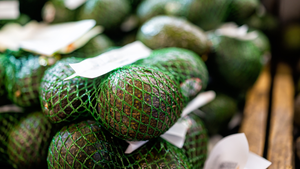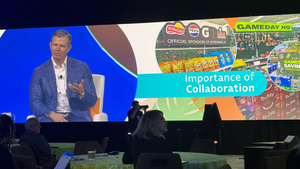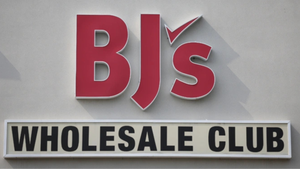Sponsored By
Grocery Operations
More Topics
- Grocery Technology
- Legislation & Regulatory News
- Mergers & Acquisitions
- Independents / Regional Grocers
- Grocery Marketing
- Grocery Wholesale & Distributors
- Retail Labor
- Foodservice at Retail
- Food Safety
- Sustainability
- Grocery Pharmacy & Health Care
- Finance
- New Stores
- Executive Moves
- Supplier News
- Company News
- Food Accessibility
- Retail Media
- Recalls
- Store Closings
thumbnail
Sponsored Content
The Hidden Risks of Business License Compliance for SupermarketsThe Hidden Risks of Business License Compliance for Supermarkets
Join us March 27, 2025 at 1pm ET to explore the hidden risks of business license compliance for supermarkets
Stay up-to-date on the latest food retail news and trends
Subscribe to free eNewsletters from Supermarket News





































.png?width=300&auto=webp&quality=80&disable=upscale)








